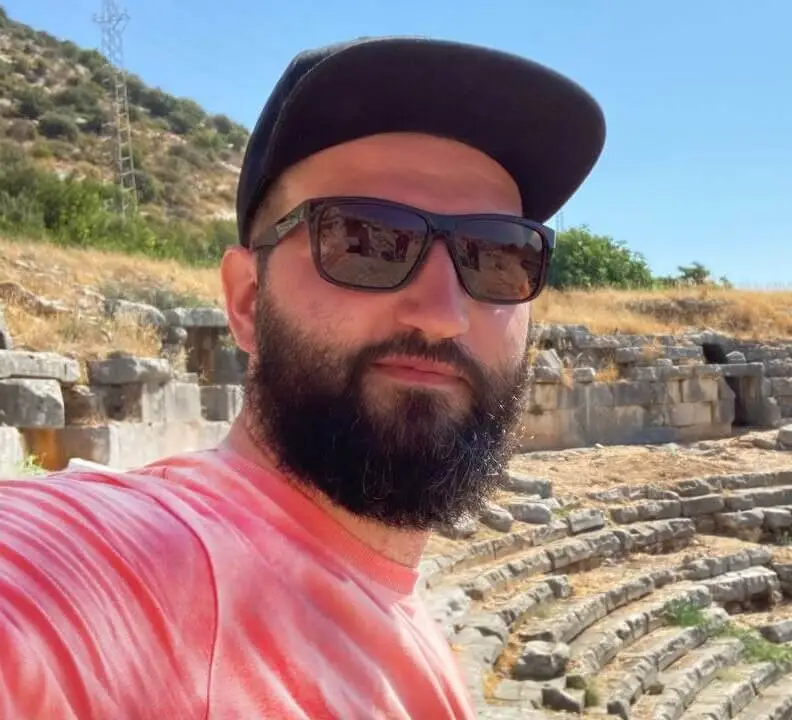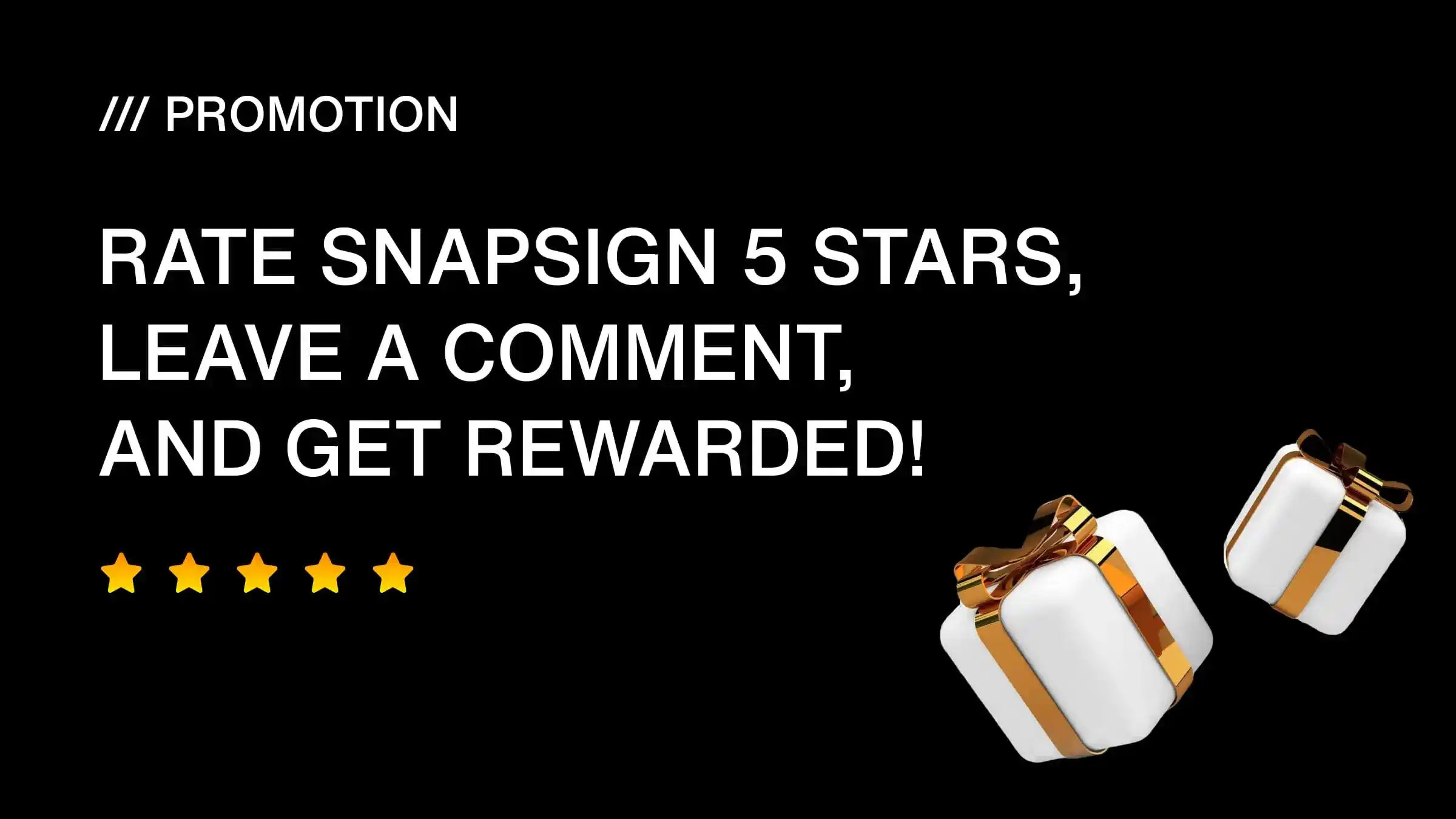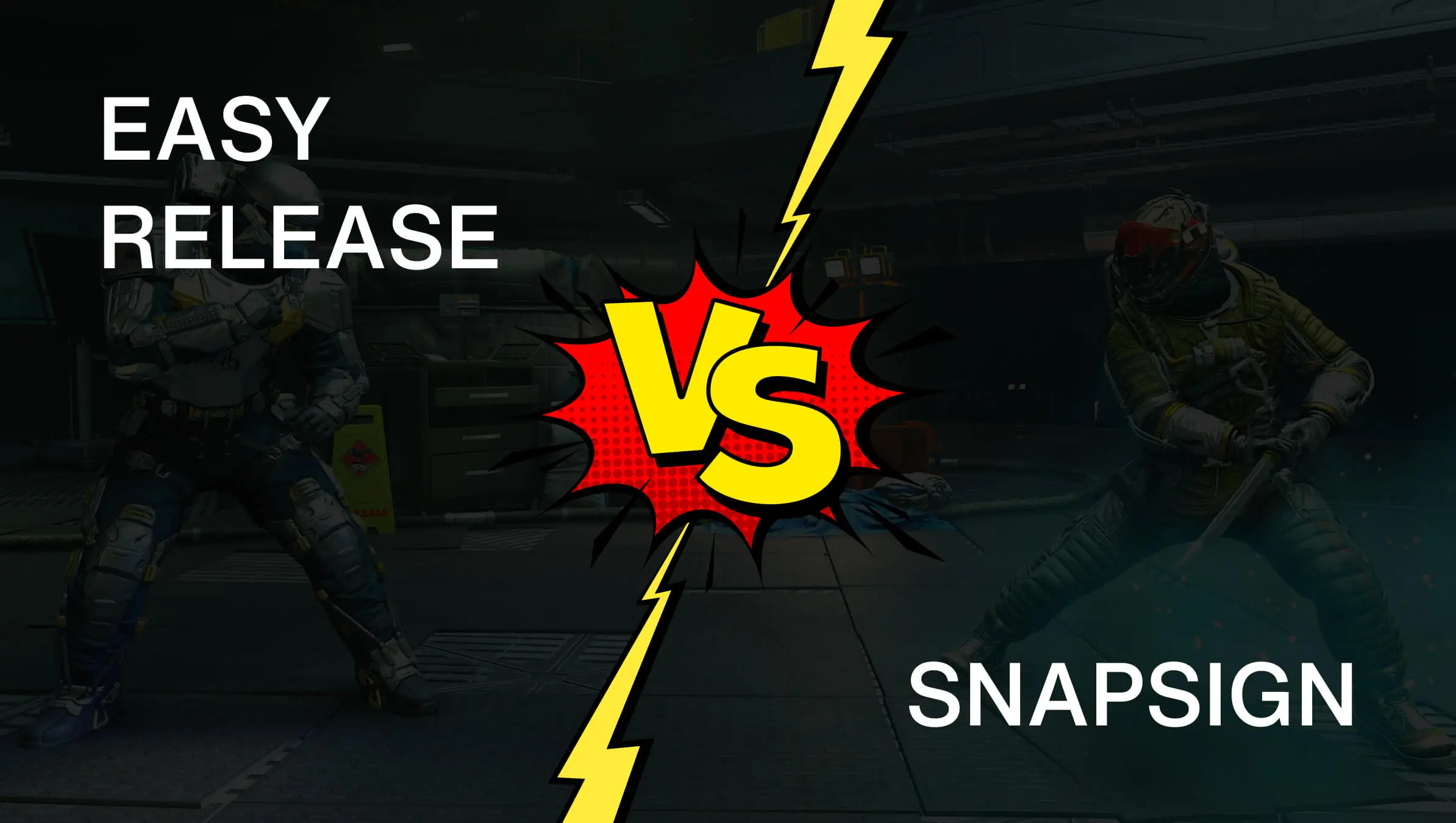Intro: Been There, Shot That
Ever been knee-deep in a shoot - camera rolling, gear heating up, ambient chaos all around - and suddenly you’ve got randoms sliding into your frame like it’s open mic night? A couple of days later, someone drops into your inbox with, “Yo, blur me out.” Sound familiar? It’s a headache we’ve all had, and it’s exactly why group model releases aren’t some bureaucratic red tape - they’re survival gear for anyone holding a camera.
If you’re working with multiple people in one scene - music video, campaign, BTS doc, whatever - you’d better get this nailed down before someone asks you to scrub them from the final cut.
So... What’s a Group Model Release, Anyway?
The Gist
A group model release is basically your legal permission slip. It says: "Hey, I’m cool with you using my face in your visuals." Everyone on set who’s visible and identifiable needs to sign off. It’s a straight-up contract between you (the creative) and them (the models or talent). Use it to cover your rear when your work hits the wild - whether that’s online, in print, or broadcast.
When Do You Need One? (Spoiler: Pretty Much Always)
Anytime you’ve got more than one person in the frame - and especially if the content’s got commercial legs - you’re in release territory. Think brand shoots, festival coverage, product promos, anything editorial. Basically, if there’s even a whiff of public or paid use, don’t wing it. Get it signed.
Why This Doc is Your Creative Insurance
It’s Armor, Plain and Simple
No release? That’s like filming without an SD card - pointless and dangerous. One person gets salty about their image being used? Boom. You could be facing takedown notices, cease-and-desists, or full-on lawsuits. A five-minute form saves you a five-figure drama.
It Clears the Air Up Front
This isn’t just about covering your butt - it’s about clarity. Everyone knows where their image might show up. No surprises, no "I didn’t say yes" emails six months down the line.
Let’s Be Honest: Memory Is Trash
Shoots get archived. Edits get delayed. People move, change numbers, disappear off social. When you come back to those frames a year later, you’ll be glad you’ve got the paperwork to jog everyone's memory - including your own.
When You 100% Need Group Releases
Public Events & Open Shoots
Even if you’re filming at a concert, protest, or massive dance battle - if folks are front-and-center in the final cut, they need to sign. Public space ≠ public use rights. Get it in writing.
Brand Shoots, Campaigns, and Collabs
Got a squad of influencers showing off a product? A fashion drop with ten models? You need a release from every single one. No shortcuts here.
Editorial or Magazine Work
Just because it’s “editorial” doesn’t mean it’s exempt. Many mags - especially international ones - will bounce your content if they don’t see signed releases attached.
What Goes in the Release (No Fluff, Just Facts)
Names (Legal Ones, Not Instagram Handles)
No “@JazzyJess” nonsense. You need the full legal name - the one on their ID. Trust me, this matters.
When, Where, and What
Document the date, time, and shoot location. These seem like small details until someone tries to claim they weren’t even there.
Clear Usage Rights
Spell it out:
- • portfolio,
- • commercial,
- • social,
- • global campaign,
- • NFTs, whatever.
The more specific you are, the less confusion later.
Signature = Golden
Digital or wet ink, you need a signature. If someone can witness it, that’s even better - extra layer of legit.
How to Run It Like a Pro
Pre-Shoot Prep
Print More Than You Think You Need
Bring extras. Like, way more. Someone always brings a buddy or a plus-one. Better to have too many than scramble for a copier mid-shoot.
Ditch the Legalese
Don’t throw a contract in someone’s face and expect them to read it like a lawyer. Explain it simply:
“This just says I can use your photo/video for the project, cool?”
On Set? Lock It Down Early
Sign First, Shoot Later
Before you even uncap that lens, get the paperwork sorted. Once people start drifting off, your chances of catching them shrink fast.
Keep It Organized
Label and date your docs. Paper or digital, doesn’t matter - as long as you can find it later without digging through chaos.
Post-Shoot: Don’t Drop the Ball
Back It All Up
Scan the releases, store ’em in the cloud and locally. Hard drives crash, laptops die. Don’t leave your legal trail to fate.
Follow Up
A quick note or message:
“Hey, thanks for today. Here’s where the content will go live.”
It builds trust and keeps you looking like a pro.
Rookie Mistakes to Dodge
Assuming Equals Trouble
Just ’cause someone posed doesn’t mean they gave consent. Verbal agreements are flimsy. If it’s not signed, it didn’t happen.
Use One Form Per Person (Yes, Even in Groups)
One sheet for everyone seems easier, but it gets messy fast. Individual forms are cleaner, easier to update, and way more defensible if things go south.
Be Up Front About the Endgame
Planning to license the footage? Sell it? Submit to Sundance? Tell them now. Surprise usage = legal headaches later.
SnapSign’s on Deck: Digital Help is Coming
Right now, SnapSign is cooking up something game-changing - a dedicated feature built specifically for Group Model Releases. It’s still in development, but release is coming ASAP. When it drops, you’ll be able to handle all your releases digitally: clean, secure, and totally mobile.
Imagine handing your phone or tablet over, getting instant e-signatures, and having it all saved in one secure place. That’s what SnapSign is working on. For now, handle it old-school - but keep this on your radar. Once it’s live, it’ll change the way we work.
Two Real-World Shoots: One Crashed, One Cruised
L.A. Music Video Meltdown
A hip-hop crew filmed an insane rooftop video with dancers and lights for days - but nobody signed anything. When it hit YouTube, one of the background dancers slapped them with a takedown notice and legal threat. Video got pulled. Reputation? Bruised. Lesson learned.
Euro Brand’s Beach Day Done Right
Meanwhile, a fashion label shot ten models on the coast. Everyone signed off at check-in. Clean shoot. Global release. No drama. That’s how you handle it like a boss.
Final Thoughts: The Paperwork You Wish You Had
Look, no one likes doing releases. But you know what’s worse? Having to toss your best footage because someone didn’t sign. It’s five minutes of admin that saves you five months of chaos. Own it.
Conclusion: Be the Pro You Want to Be
If you're serious about visual storytelling - whether it's film, stills, or both - this isn’t optional. Group model releases are your armor. They protect your content, your reputation, and your sanity. Get it signed, back it up, and keep creating with zero fear of fallout.
And hey, keep your eyes on SnapSign. That feature's dropping soon, and trust me - it’ll be a game-changer.





